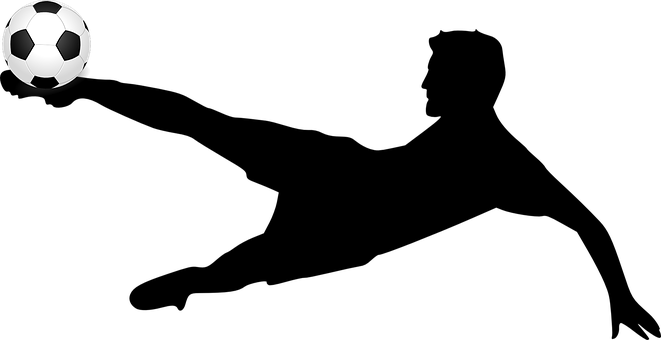Although most people think of team players as having a little ego. The truth is your ego has to be relatively high to become a professional. Several studies show that athletes playing in team sports have a bigger ego than athletes participants in solo sports. Furthermore, higher-level players tend to have bigger ego’s or are more oriented towards the ego. Focus on developing your skills, but you will need an ego to become a professional soccer player.

Boys And Girls Develop Differently
Different studies begin to shed light on the differences in ego development between boys and girls. While boys associate their own athletic performance with an increase in ego, girls associate being a team player with ego development. Both boys and girls enjoy a high mastery environment, this environment focuses on the skills and tactics needed to play the sport. However, girls tended to respond less well to an ego environment (competitiveness and winning). While boys did very well in an ego-environment. The authors noted;
Focus On Task And Ego
A psychologist usually describes two different ways of directions for achieving goals. These ways are either through orientation and focus on task or ego. While task orientation focuses on personal mastery and achievement of higher ability. Ego orientation is focused on beating competitors, and showing off. Many studies show that elite athletes have a high task orientation, but also a moderate to high ego orientation. Having a moderately high ego is needed to become a part of the starting 11. While task orientation did not seem to impact the intention to stay with the sport, an ego orientation did.

Why Do You Need An Ego To Become A Professional Soccer Player
Athletes have to have an ego and be selfish to succeed. How big their ego has to be, depends on the individual and their talents. Without their ego, athlete are likely to do less well. As long as your task orientation is higher than your ego-orientation, your ego is not likely to do you harm, and can actually help you. As one coach noted;
Solely focussing on task, will get you better as a soccer player, but may not get you noticed. Furthermore, having a moderate to high ego could increase your risk-taking behavior. One study found that as ego increases, so does your perception of self-worth. Self-worth is very important to be able to handle the pressures of professional soccer.
An Ego Rises With Age
An observation from Hungary shows that the ego goes up with age. It seems that joy gets at least partly replaced by competitiveness during ages 15 to 21. This competitive drive could be needed to handle the pressures that come with professional sports. The study found that older elite soccer players showed higher ego’s and a higher level of peaking under pressure. While younger soccer players have a high ego, they also score high on coachability and their task. This makes sense as you have to master your task, while as you get older and mastered your tasks, you want recognition. The same study showed that as one might suspects, strikers have the biggest ego.
What do Scientist find About High Ego’s In Soccer
Below are quotes from scientific studies assessing young elite soccer players. Many studies show that higher-level soccer player has higher ego-orientations than their lower-level soccer players.
For more information, click here.

